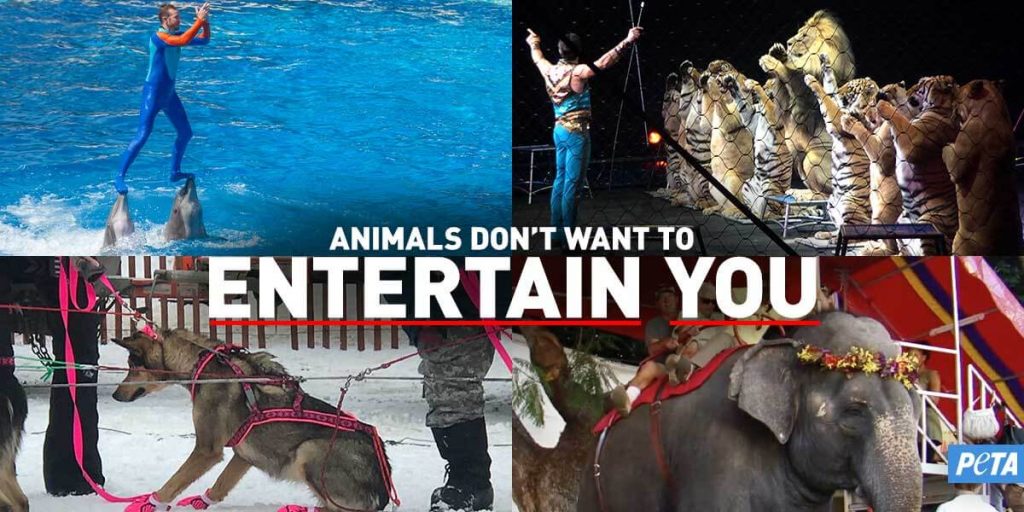Zoos in Canada are poorly regulated, and there are no federal laws or mandatory inspections to protect animals in zoos. Ontario has many zoos (even roadside zoos) with exceptionally poor standards and is easily the roadside zoo capital of the country. This is all because the government has allowed these inadequate facilities to flourish. In Ontario, you can’t build a patio in their backyard without a permit, but you can open a zoo imprisoning exotic animals without a provincial license, permit, or oversight. Laws are so weak in Ontario that authorities can’t even close down a zoo, no matter how badly the animals are suffering.
An animals right to a humane, species appropriate life has been swept aside to provide the paying public entertainment. These captive creatures experience mental and physical cruelty. The zoos, aquariums, rodeos, circuses, films and TV production, horse-drawn carriages, and exhibitions all profit from the distress, pain, injuries and suffering these animals are forced to endure – all for our pleasure!
Polls consistently show that most people are opposed to using animals for entertainment at places like zoos, aquariums, and rodeos. The good news is that Canada is making slow progress toward protecting some animals from a lifetime of misery in the entertainment industry. Many municipalities have passed bans on the use of animals in circuses and zoos, on horse-drawn carriages, rodeos, and other uses of exotic animals. In a landmark victory for animals, Canada passed a groundbreaking federal ban on keeping and breeding whales and dolphins in captivity in 2019, after a long campaign by Animal Justice and other animal protection advocates. This law shows a strong recognition that these smart, sensitive animals deserve freedom—not a lifetime in a tiny tank.
Zoos and aquariums often claim they play a key role in education and conservation, but the reality is that they exist primarily to exploit animals for human entertainment and money. Most zoos don’t have meaningful conservation programs which reintroduce animals into the wild, and only a tiny fraction of zoo profits are invested in educational programs. There is also no evidence that zoo education programs inspire behavioural or policy changes, or better outcomes for wild animals.
Along with the lack of conservation programs, there is strong evidence that aquariums and zoos throughout Canada have failed the most basic needs of these captive creatures:
- Enclosures that cannot come close to their natural habitats
- Lack of stimulating enrichment
- Nutritional deficiencies
- Socialization

Photo credit: PETA
